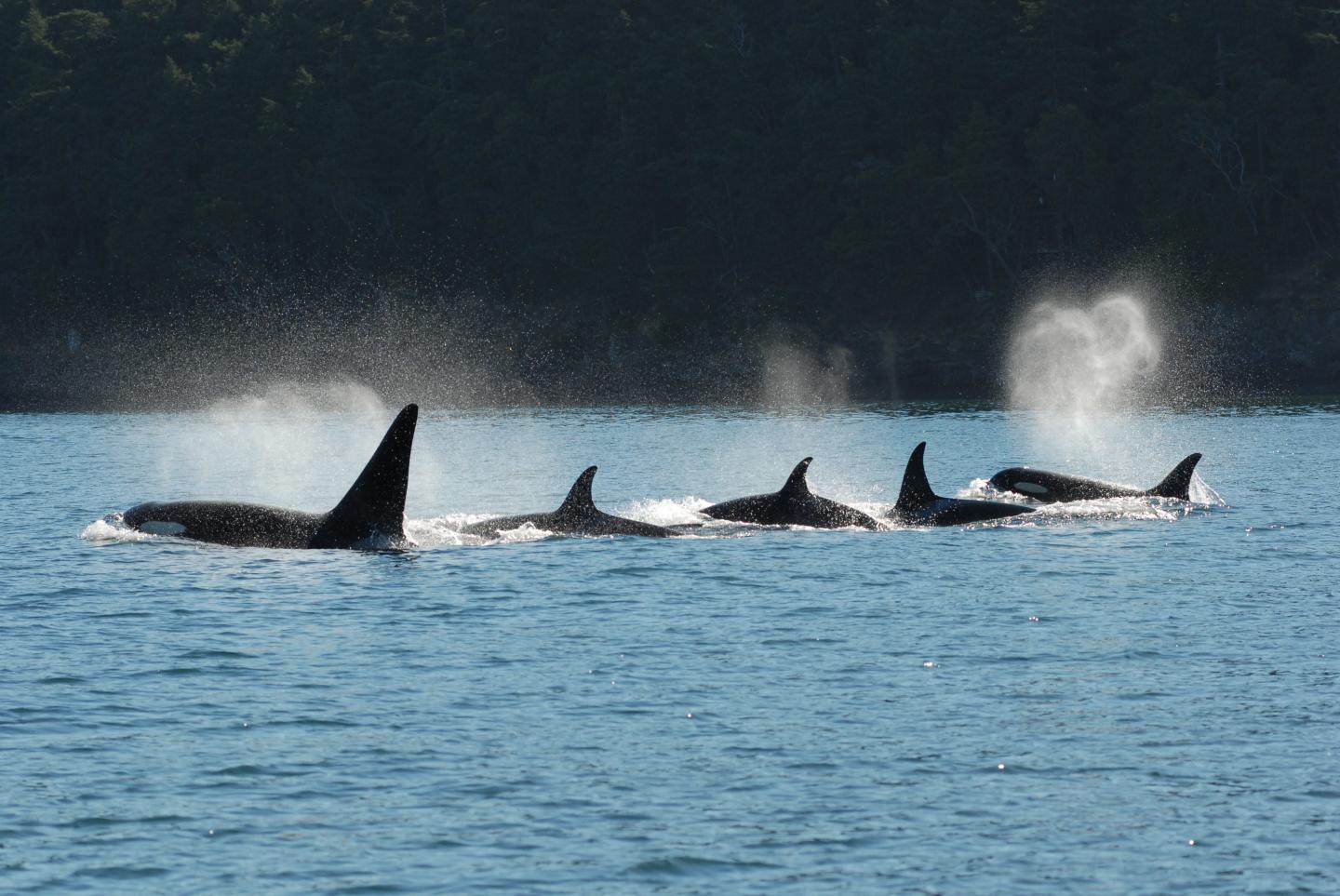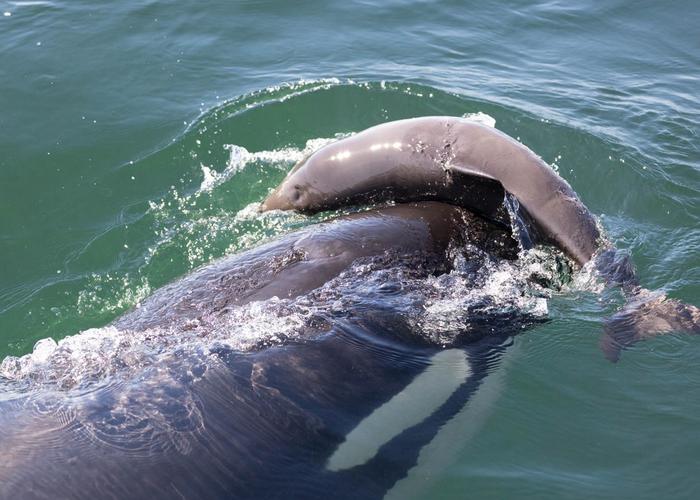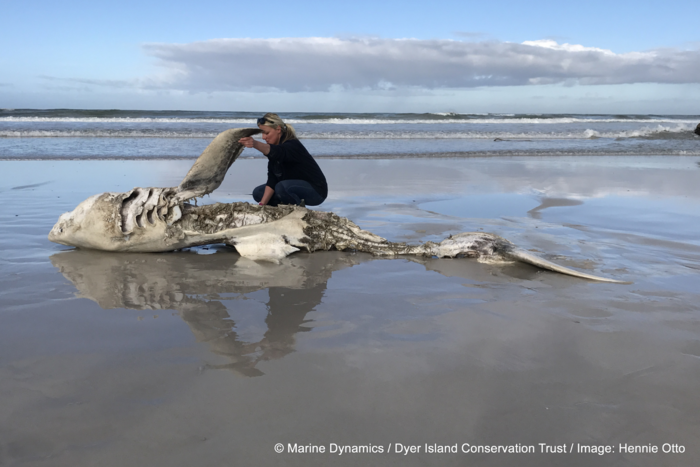
Sign up for our free Health Check email to receive exclusive analysis on the week in health
Get our free Health Check email
Get our free Health Check email
I would like to be emailed about offers, events and updates from The Independent. Read our privacy policy
Orcas in the Gulf of California appear to have gained special skills to hunt and kill the world’s largest fish, according to a new study.
Whale sharks, which grow up to 18m long, are known to feed in the gulf, and there is anecdotal evidence that they are hunted by orcas, an apex predator.
Researchers have now gathered direct evidence of orcas hunting and killing whale sharks.
They have captured images and videos of orcas preying on whale sharks and used these to assess their hunting strategy in the new study, a preliminary version of which was shared ahead of publication in the journal Frontiers in Marine Science.

Orcas, or killer whales as they are commonly known, are marine mammals known to display a range of intelligent behaviours. As several populations of the species have come under threat from shipping traffic, overfishing and marine pollution in recent times, scientists have noticed orcas exhibiting strange hunting behaviours.
They recently documented orcas feeding on dolphins for the first time off Chile’s coast.
A few months earlier, researchers reported the first instance of a lone killer whale hunting and eating a great white shark off the coast of South Africa. In 2022, three instances were recorded of orcas hunting and killing blue whales, the largest animals on the planet.
Researchers have also observed over the past several decades baffling instances of orcas harassing and killing porpoises without actually consuming them.
“Observations of these predator-prey interactions are rare globally,” according to the new study. “However, records appear to be increasing in recent years, possibly due to increased access to surveillance.”
The latest study analysed photo and video footage of four unique predation events spanning six years until 2024 in the southern Gulf of California.
In these instances, the orcas seemed to display a unique strategy of collaborative hunting and killing of whale sharks. The attacks were characterised by the orcas targeting the pelvic area of the whale shark, including a focus on their claspers and pelvic fins.

The whale sharks were temporarily stunned and flipped over, enabling the orcas access to the lipid-rich liver of the fish.
The orcas targeted the belly side likely because it is the least protected part of the fish with far less muscle and cartilage.
But there was no photographic evidence of the orcas feeding on livers of the whale sharks, researchers said.

Researchers suspect the orcas in the Gulf of California have acquired these “special skills” to prey on whale sharks and that the knowledge may be spreading among orca populations.
Photos show one adult male orca, named “Moctezuma” by Mexican scientists, engaged in three of the four hunting events. The female killer whales involved in the fourth event had previously been sighted with Moctezuma.
These findings, scientists noted, highlight the intelligence of these apex predators.

 By The Independent (Science) | Created at 2024-11-26 09:48:42 | Updated at 2024-11-27 19:30:11
1 day ago
By The Independent (Science) | Created at 2024-11-26 09:48:42 | Updated at 2024-11-27 19:30:11
1 day ago








